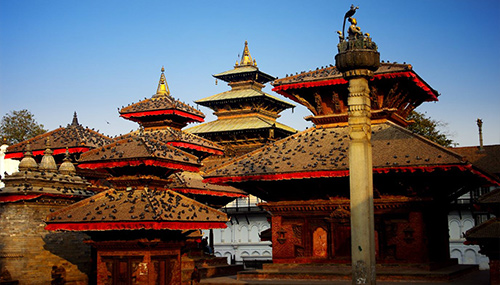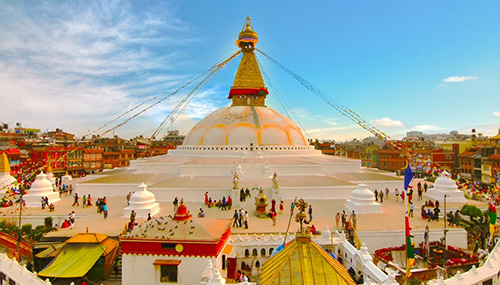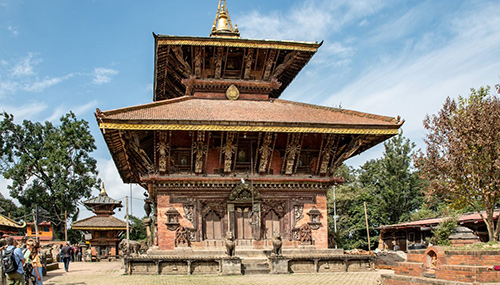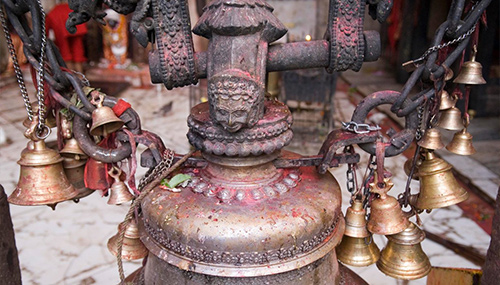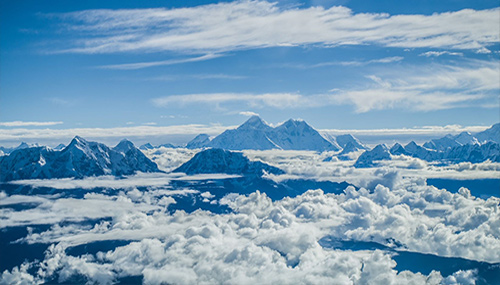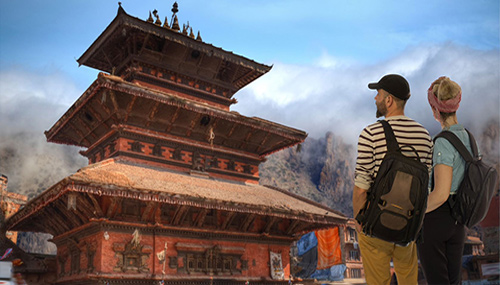Phewa Lake
Phewa Lake is the crown jewel of Pokhara. With the majestic Annapurna range as a backdrop, this serene lake offers stunning reflections of the mountains on its clear waters. You can take a boat ride on the lake, visit the Tal Barahi Temple located on an island in the middle, or simply relax by the lakeside.
